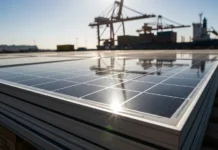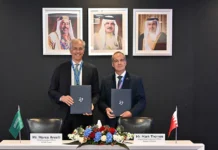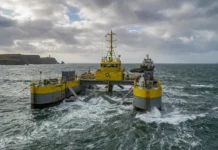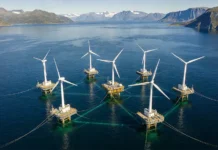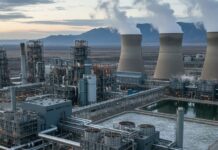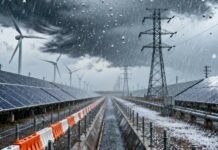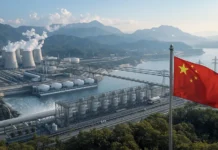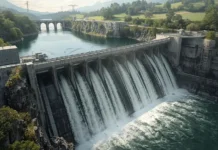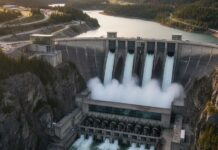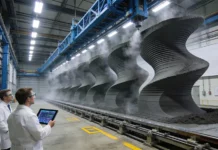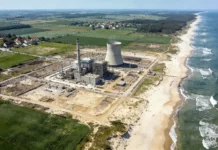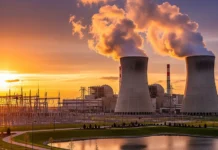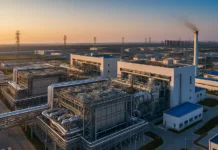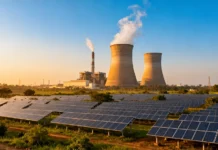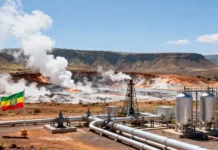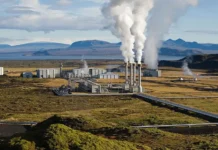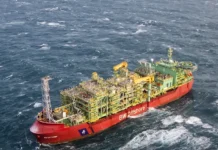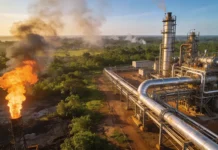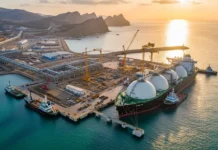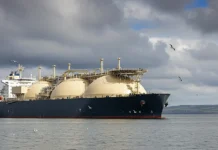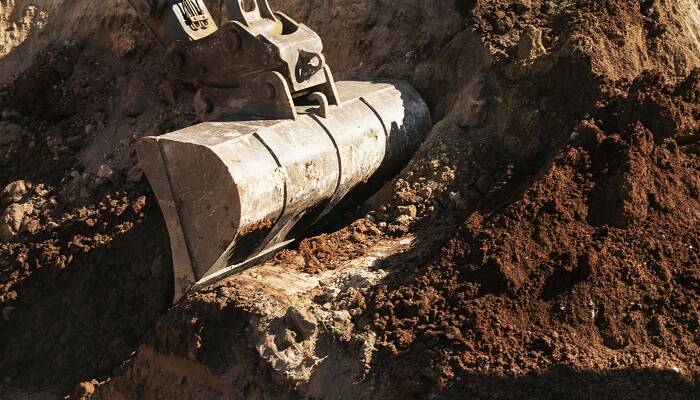By removing valuable materials that fuel several sectors, mining is essential to the global economy. Both open-cut mining and underground mining are widely used mining techniques, and each has pros and cons of its own. Comparing open-cut and underground mining, as the demand for natural resources continues to rise, it is essential to understand the environmental impacts of these mining methods to make informed decisions about resource extraction. In this article, we will delve into the environmental consequences of open-cut mining and underground mining, comparing their effects on ecosystems, water resources, air quality, and overall sustainability.
It’s crucial to comprehend how open-cut mining and underground mining vary before looking at the environmental effects. Surface mining, commonly referred to as open-pit mining or open-cut mining, is taking minerals out of nearby shallow deposits. This method usually makes use of heavy equipment such as trucks and excavators to remove overburden and extract rich minerals.
In contrast, subterranean mining entails taking minerals out of the Earth’s crust at great depths. The deposits must be accessed by tunnels and shafts, and miners must use specialized machinery to remove the minerals. While open-cut mining is generally more cost-effective and suitable for shallow deposits, underground mining is favored when the minerals are located at greater depths.
Evaluating Environmental Impacts
1. Ecosystem Disruption
The tremendous ecosystem destruction caused by open-cut mining is one of the biggest environmental issues. To make room for open pits, substantial tracts of land are cleared, which removes vegetation and topsoil. This habitat destruction can have severe consequences for local wildlife, as many species lose their homes and food sources. Additionally, the fragmentation of habitats can impede the movement and migration patterns of animals, further endangering biodiversity.
Underground mining, despite causing less surface disruption, can still affect ecosystems by disturbing underground habitats, impacting subterranean flora and fauna. Nevertheless, the scale of disturbance is relatively confined, making it more manageable than open-cut mining. By implementing proper planning and rehabilitation measures, the potential environmental impacts of underground mining can be significantly reduced and controlled..
2. Water Resources
Both open-cut and underground mining can pose significant risks to water resources. Open-cut mining involves the removal of overburden and exposes rocks containing minerals. When it rains, these exposed rocks can release toxic substances and pollutants, contaminating nearby water bodies through a process known as acid mine drainage (AMD). AMD can result in the acidification of waterways, harming aquatic life and polluting drinking water supplies.
In underground mining, water can infiltrate the mine shafts and accumulate, resulting in the formation of underground reservoirs known as mine water. Without proper management, this mine water can become contaminated with minerals and chemicals, leading to environmental risks similar to Acid Mine Drainage (AMD). To safeguard the environment, it is essential to prioritize water management and implement effective treatment methods in both mining techniques, ensuring the prevention of water pollution and the protection of natural ecosystems.
3. Air Quality
Open-cut mining operations can generate substantial amounts of dust and particulate matter, impacting air quality in surrounding areas. The excavation of large quantities of material and the use of heavy machinery can lead to airborne particles, contributing to respiratory problems in nearby communities. Dust control measures, such as water spraying and the use of enclosures, can help minimize these emissions, but their effectiveness depends on proper implementation and enforcement.
Underground mining typically generates lower levels of airborne dust when compared to open-cut mining. Nonetheless, it can still contribute to air pollution due to the release of gasses trapped in the ore body, such as methane. To maintain a safe working environment for miners and prevent degradation of air quality, proper ventilation and gas management systems are imperative in underground mines. By effectively controlling gas emissions and ensuring adequate airflow, mining operations can minimize their impact on air pollution and protect the health and safety of workers.
4. Sustainability and Land Rehabilitation
Sustainable mining practices are essential for the long-term well-being of the environment and communities. In open-cut mining, the significant land disturbance requires extensive rehabilitation efforts to restore the affected areas to a functional state. This includes re-establishing vegetation, contouring the land, and creating wildlife corridors. However, despite rehabilitation efforts, the ecological integrity of the area may not fully recover.
In contrast, underground mining has a smaller surface footprint, reducing the need for extensive land rehabilitation. Nonetheless, proper mine closure and site remediation are still necessary to address subsidence issues and ensure the long-term stability of the surrounding areas.
Final Thoughts
Mining plays a critical role in supplying essential resources for numerous industries, yet it also poses considerable environmental challenges. Open-cut mining and underground mining offer distinct advantages and drawbacks, impacting ecosystems, water resources, air quality, and overall sustainability in diverse ways. Striking a balance between meeting resource demands and mitigating environmental impacts is crucial for ensuring the long-term viability and responsible management of mining activities.



